In 1845, the world-famous store Tiffanys produced the first mail order catalog in the United States and ignited a whole new culture of consumerism. Some 40 years later, when Richard Warren Sears started his company, which initially sold watches, he also used the mail-order method.
Very soon, his catalog grew into a massive a “book” of 532 pages that offered a huge variety of products such as dolls, refrigerators, stoves, and all kinds of groceries. By 1906, the catalog was referred to as “the Consumers’ Bible.” Sears became a company that offered thousands of high-quality products and gained the trust of a huge customer club. Although people got used to the fact that anything could be sold by mail order, nobody at that time imagined that one day they could order a whole home to be brought to them. And when we speak about homes, we don’t mean those toy dolls houses for children.
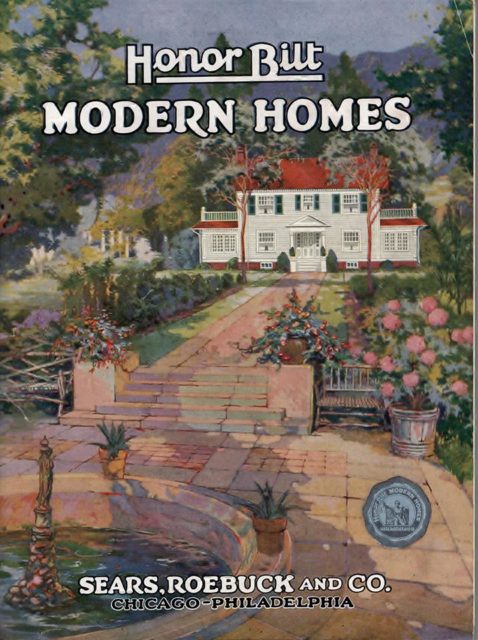
The idea for the Sears Mail Order Home started within the company’s building materials department which at the time was inefficient and unprofitable. Sales in the department were declining, and they had a big surplus of building material sitting in their warehouses.
In 1906, one of the Sears managers called Frank W. Kushel took over control of the department, and he approached Richard Sears with the idea that the company should sell mail order kits with all the materials needed for an entire house, together with a blueprint. They were not, in fact, the first ones to come up with the idea, as that same year a company called Aladdin Company of Bay City, Michigan, produced the first mail order house kit. Two years later, Sears made their own version and printed a special house catalog called “Book of Modern Homes and Building Plans.”
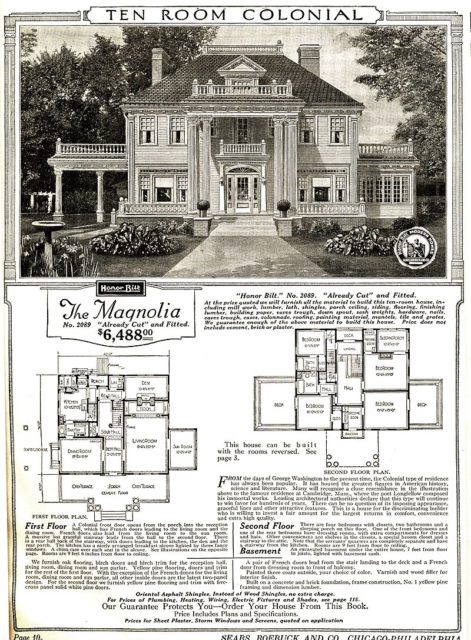
The catalog featured 44 different house designs and the prices varied from $360 to $2,890. Soon, people started to order, and Sears expanded the production of building materials and even bought several lumber mills.
This reduced their manufacturing costs and lowered the prices for customers.
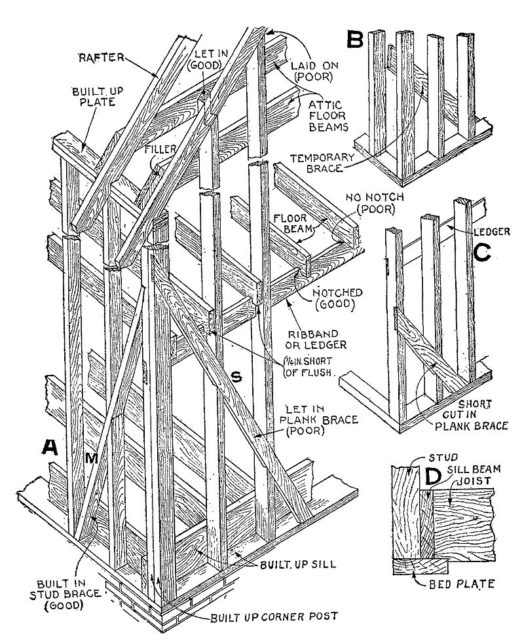
Before 1916, the Sears mail order homes contained uncut pieces of lumber and the customers needed to shape it and cut it themselves, so in fact, they were not exactly “kit houses,” they were only “catalog houses.” From 1916, Sears began to sell mail order home kits that contained pre-cut and fitted lumber, an innovation that was first introduced by the Aladdin company.
Previous mail order homes sold by Sears required a team of professional carpenters for the assembly, so the price of the finished house was higher. Pre-cut lumber and the implementation of the “balloon style” framing system in newer versions of the Sears kit houses reduced the price and eliminated the need for a professional carpenter. This also reduced the construction time by 40%.
A standard Sears Modern Home kit contained around 25 tons of materials and had more than 30,000 parts. The kits were sold without any house appliances, plumbing, electrical fixtures, or furniture, but that was also an option for an additional cost. Sears houses were popular over the years. Besides the do-it-yourself concept, they were sturdy, easy to build, and nicely and stylishly designed.
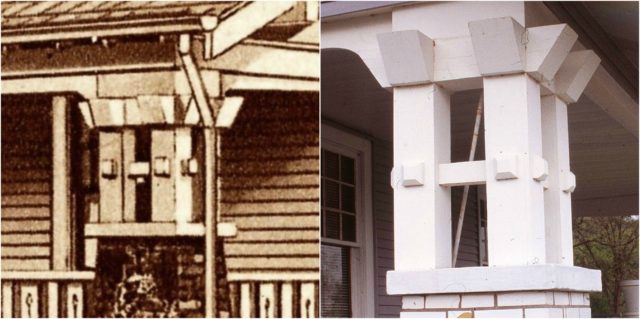
Over the 33 years in which Sears produced mail order homes, they offered around 370 different designs. In the early years, the models were only numerically listed in the catalog, but later, Sears started giving them names. Alhambra, Argyle, Avondale, Barrington, Crescent, and Dover were some of their most popular models. Some designs were only produced for a short time while others were produced for many years, with a few modifications here and there. Most of the Sears catalog houses were designed for use as single-family homes, but their catalog also offered several duplex family houses and multiple-family buildings.
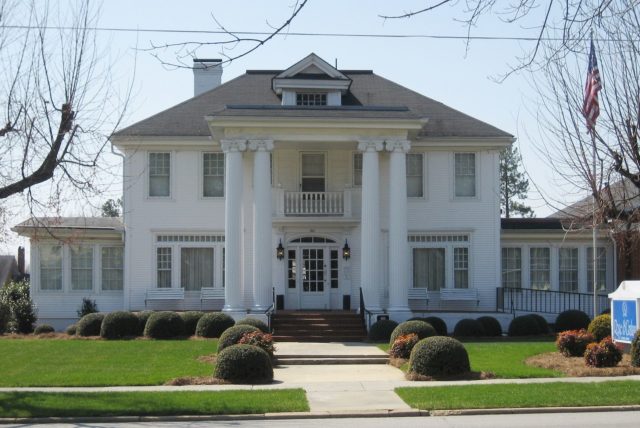
By far the biggest number of Sears Mail Order homes were sold across the continental United States from as far as Alaska to Florida, and California to Maryland, but some were also sold in Canada.
Some of those houses are still standing today, but their identification is difficult due to the lack of documentation from the time when they were built. Another problem is that a few other companies made similar kit houses or copies of the ones that Sears made, but there are a few things by which an original Sears home can be recognized.
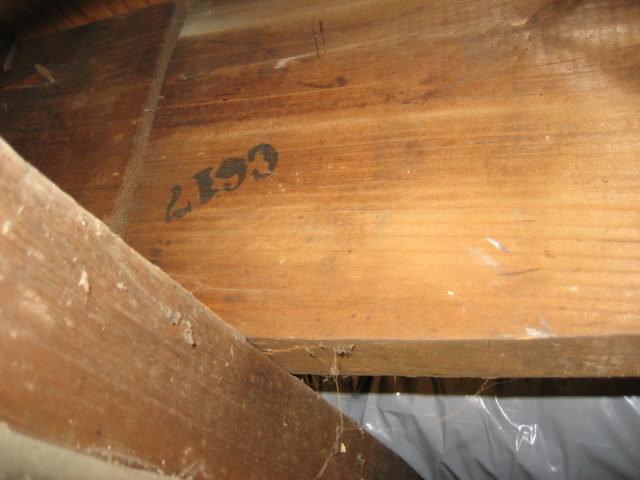
They were only offered on Sears mail order catalogs between 1908 and 1942. Houses built either side of this period are not originals.
Sears houses built after 1916 have stamped lumber elements that could be found in attics or basements. The stamp contains a letter and a number. Also, some household owners may have kept the original paperwork for the house including blueprints and letters of correspondence from Sears.
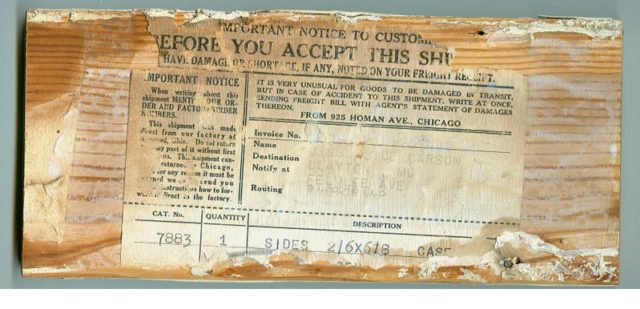
The demand for Sears house kits declined with the beginning of the Great Depression. After the crisis was over, sales increased but not for long.
Read another story from us: Built in 1680, Paul Revere’s House is the oldest building in Boston
In 1940, Sears decided to close the Sears Modern Homes division. The last Modern Homes catalog was printed in 1940. Sales continued until 1942, and a few years later all records relating to the Modern Homes sales were destroyed when Sears decided to do some house cleaning. This was the end of the line of Sears mail order houses.
